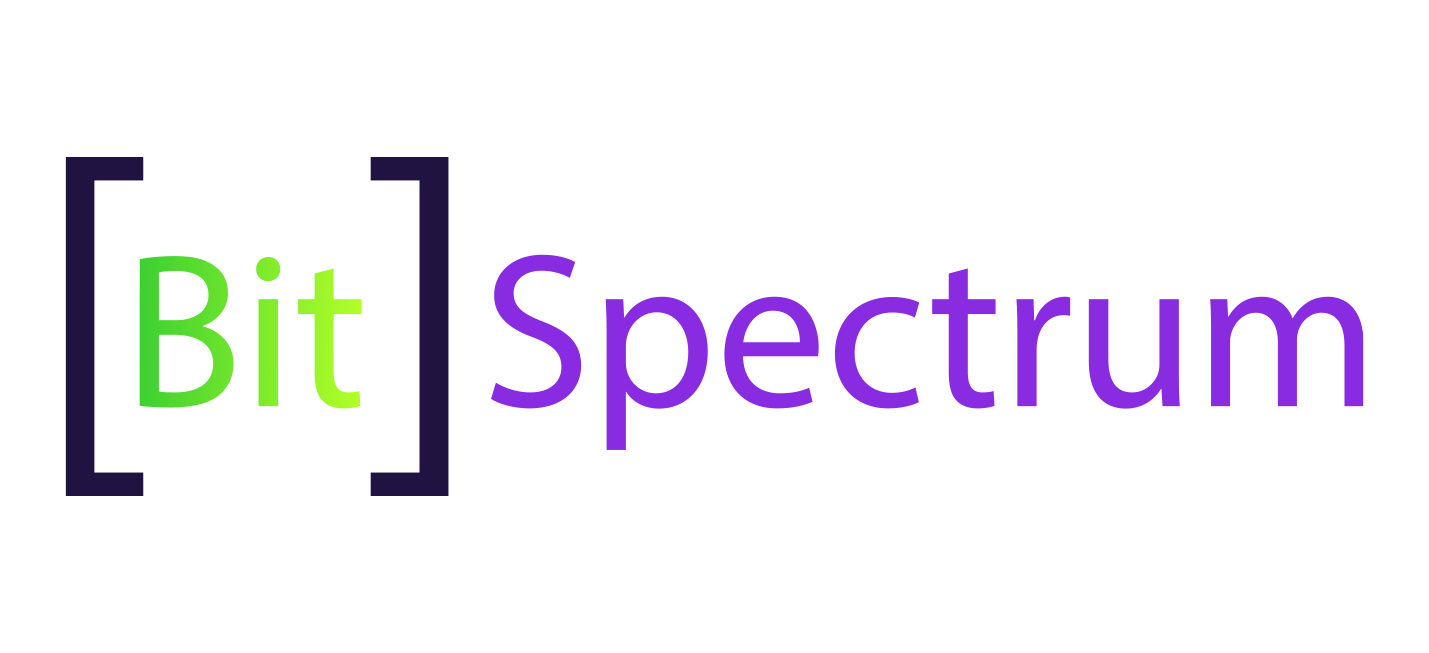Cardano (ADA) has long been a prominent player in the cryptocurrency world, but its recent performance has left many investors and crypto enthusiasts questioning—will ADA push past the elusive $1 barrier? Despite periods of price volatility and broader market challenges, Cardano’s unique features, strong community support, and long-term holder resilience keep it in the spotlight.
This blog dives into ADA’s past and present, explores the factors influencing its market performance, and examines expert opinions and predictions to answer the big question—can Cardano break past $1, and more importantly, sustain it?
Understanding Cardano (ADA)
What Makes Cardano Unique?
Cardano was founded in 2017 by Charles Hoskinson, a co-founder of Ethereum, with a mission to solve some of the blockchain world’s biggest challenges, including scalability, interoperability, and sustainability. Built on a meticulous, research-driven approach, it uses the Ouroboros proof-of-stake consensus mechanism, making it one of the most energy-efficient blockchain platforms.
What truly sets Cardano apart is its layered blockchain architecture:
- Settlement Layer (CSL): Responsible for processing ADA transactions.
- Computing Layer (CCL): Supports smart contracts and decentralized apps (dApps).
This layered setup ensures high performance and flexibility. Additionally, Cardano’s focus on formal verification and peer-reviewed development makes it one of the most scientifically robust blockchain projects.
Key Developments Driving Its Momentum
Cardano has consistently rolled out updates and partnerships that signal innovation and growth:
- Alonzo Hard Fork (2021): Enabled support for smart contracts, positioning Cardano as a competitor to Ethereum in the DeFi space.
- Hydra Scaling Solution (2022): Aims to increase transaction throughput significantly.
- Strategic Partnerships in Africa and other emerging markets focus on integrating blockchain technology in education, healthcare, and financial services.
These ongoing developments have solidified Cardano’s position as more than just a cryptocurrency. It’s an ecosystem paving the way for wide-scale adoption of decentralized solutions.
Market Analysis of Cardano (ADA)
The Current Performance Landscape
Recently, Cardano’s price has faced volatility, struggling to reclaim support at the $1.00 level. At the time of writing, ADA is trading at $0.91, reflecting a consolidation phase limited by neutral-to-bearish market sentiment.
Key data points shaping Cardano’s trajectory include:
- Daily Active Addresses (DAA) divergence is signaling decreased investor participation.
- Market Value to Realized Value (MVRV) shows long-term holders are yielding a 45% profit, offering price stability despite broader market headwinds.
What Does This Mean for Investors?
- Long-Term Holders (LTHs): Known for their patience, LTHs are less prone to sell-offs, providing an anchor of stability in turbulent times.
- Retail and Institutional Sentiment: Currently cautious, market participation could increase if bullish momentum and renewed optimism enter the space.
ADA Price Prediction
Based on technical analysis, ADA is likely to trade in the $0.85–$1.00 range in the short term. However, a strong market-wide rally could push ADA past the $1 barrier, with $1.23 emerging as the next resistance level.
Factors Influencing Cardano’s Price
Market-Wide Trends
The fate of Cardano, like most cryptocurrencies, is deeply tied to broader market trends:
- Bitcoin’s Dominance: Any significant movement in Bitcoin sets the tone for altcoins like Cardano.
- Regulatory Frameworks: Stricter or unclear regulations can dampen investor sentiment, while progressive frameworks spur adoption.
- Macroeconomic Factors: Interest rates, inflation, and global economic uncertainties play a role in influencing risk-on assets like cryptocurrencies.
Competition Within the Crypto Space
Cardano faces stiff competition from leading blockchains like Ethereum, Solana, and Avalanche. While Cardano’s scientific rigor is admirable, its slow-paced development compared to faster-moving ecosystems has been a topic of debate.
Adoption and Use Cases
Cardano’s ability to bring real-world utility, particularly in emerging markets, could act as a catalyst for its growth. Successful deployment of DeFi, NFTs, and blockchain applications on the Cardano network will likely drive its long-term adoption.
ADA’s Upsides and Downsides
The Upsides
- Innovation-Led Roadmap: Cardano’s carefully planned updates and strong research foundation provide a unique edge in the blockchain space.
- Supportive Community: Cardano has one of the strongest and most loyal communities, contributing to its brand resilience.
- Environmental Focus: Its proof-of-stake mechanism makes it an eco-friendly alternative, appealing to ESG-conscious investors.
The Downsides
- Execution Delays: While Cardano’s scientific rigor is a strength, it’s also been criticized for its slow development timelines.
- Declining Market Participation: Current metrics show declining engagement, which could hinder short-term price recovery.
Expert Insights and Predictions
What the Experts are Saying
Opinions among analysts and market experts vary:
- Optimists: Many predict that Cardano’s focus on scalability and interoperability will unlock immense value, pushing ADA beyond the $1 resistance level in the near future.
- Skeptics: Others caution that until Cardano demonstrates faster execution and increased adoption of its smart contract capabilities, crossing and sustaining $1 will remain a challenge.
Technical Predictions
According to various forecasts:
- Short-Term Outlook: Consolidation between $0.85–$1.00.
- Mid-Term Potential (6 months): Breaking $1 could pave the way to $1.23, assuming market momentum supports the move.
- Long-Term (2025): Price forecasts suggest ADA could range from $2.00 to $5.00, depending on broader adoption and market conditions.
What’s Next for Cardano and ADA?
While the question of whether Cardano can breach the $1 barrier depends on several variables, Cardano’s steadfast development and committed community paint a promising picture. From innovative updates to its expanding use cases in finance, education, and beyond, Cardano continues to solidify its position as a blockchain of the future.
For Cardano holders and crypto enthusiasts, patience and a close eye on market developments will be key. Whether you’re a long-term believer or a cautious skeptic, ADA’s trajectory over the next few months will likely offer insights into the future of the blockchain space.
What do you think? Can ADA push past the $1 mark in the current market climate? Share your thoughts in the comments below or engage with the broader cryptocurrency community to discuss Cardano’s future!

